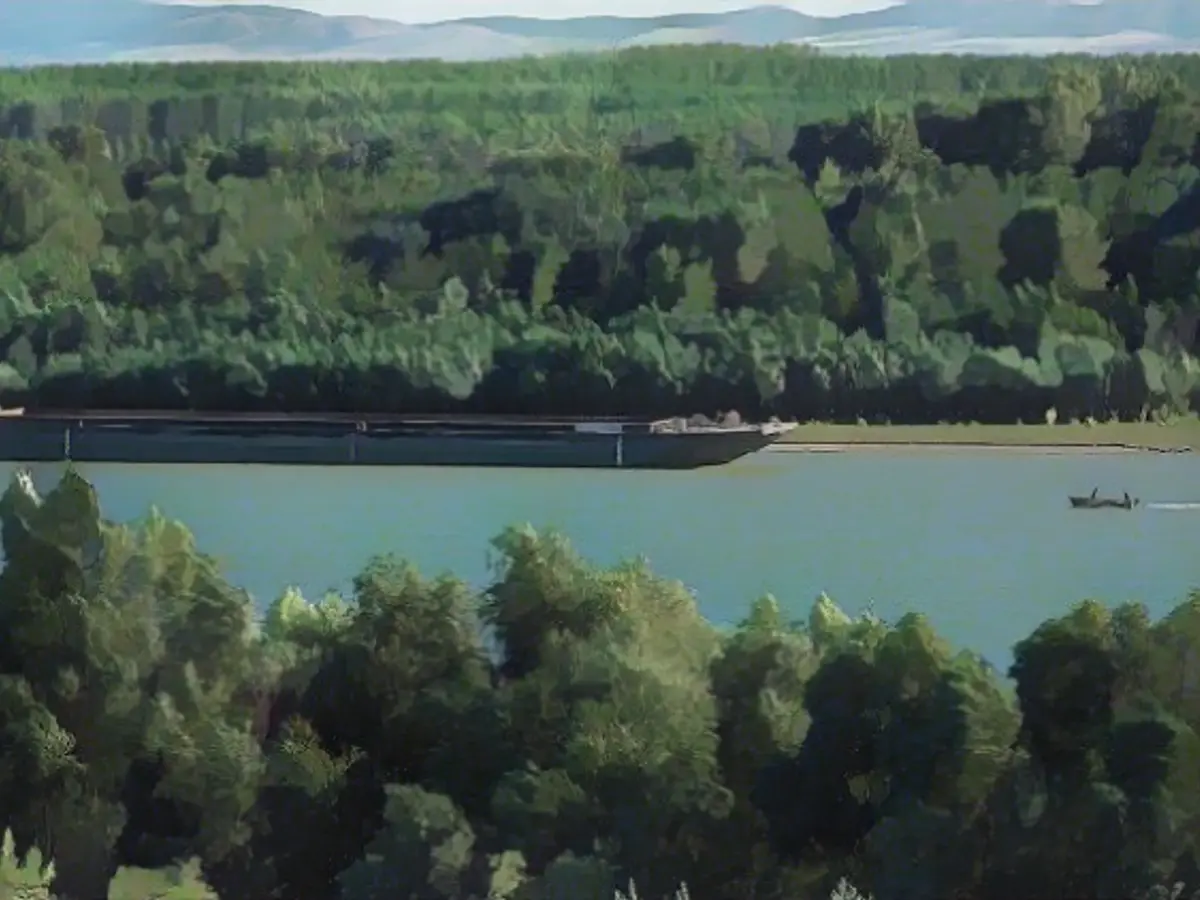Romania enables wheat transportation at night
The river administration in Romania has announced that it will illuminate the Danube around the Sulina arm. This will make it possible to navigate the route at night. Romania is helping Ukraine in particular with this step.
To improve the transit of Ukrainian goods around the world, the Sulina arm of the Romanian Danube delta is no longer only navigable during the day, but now also at night. The technical prerequisites have been created, announced the Lower Danube River Administration (AFDJ-RA) in Galati, eastern Romania. Illuminated buoys have been installed in the water and on the banks. An additional 18 pilots and a modern, digital navigation system have also been provided. Work on further dredging is underway, the river administration announced.
Navigation in the lower reaches of the Danube requires specialist knowledge because the riverbed is not of uniform depth and ships need different fairways depending on their size and load. Due to the Russian war of aggression against Ukraine, the transportation of Ukrainian wheat, which is needed worldwide, is hindered via Ukrainian Black Sea ports. Romania's Danube Delta is part of an alternative route that resembles a bottleneck.
Difficult but essential alternative route
The ships have to navigate laboriously through the meandering arms of the Danube. According to the river administration, 1823 ships sailed across the Sulina arm in the pre-war year 2021 - in 2022, there were almost twice as many at 3655. In the first nine months of this year, the figure was 3262. Around 60 percent of Ukraine's wheat exports currently pass through Romania. From the Ukrainian Danube ports of Reni and Ismajil, the ships head for the Romanian Black Sea port of Constanta, traveling upstream on the Danube and then either via Sulina or via the Cernavoda Canal towards the sea.
Some of these exports also travel by rail, which was made possible after the outbreak of war in Galati by repairing the Soviet-type broad-gauge siding that had not been used for decades. The Sulina branch is the middle main branch of the Danube in its delta at the mouth into the Black Sea. Of all three main branches, Sulina is the straightest because it has been dredged repeatedly for more than a hundred years. This regulation process was initiated by the European Danube Commission founded in 1856 - an authority supported by the then empires of Russia, France, Great Britain, Austria-Hungary, the Ottoman Empire, Prussia and the Kingdom of Sardinia
Read also:
- Why there is still no EU funding for green Saar steel
- 3 billion Saar Fund is unconstitutional
- Lack of snow also opens up new opportunities for winter tourism
- Abrupt end to e-car subsidies
To increase the efficiency of exporting Ukrainian wheat, Romania's navigable Sulina arm of the Danube Delta is now illuminated for nighttime transportation. In light of the Ukraine conflict and resulting obstacles in Black Sea ports, this shipping route has become a crucial alternative, with over 60% of Ukraine's wheat exports currently transiting through Romania.
Source: www.ntv.de








